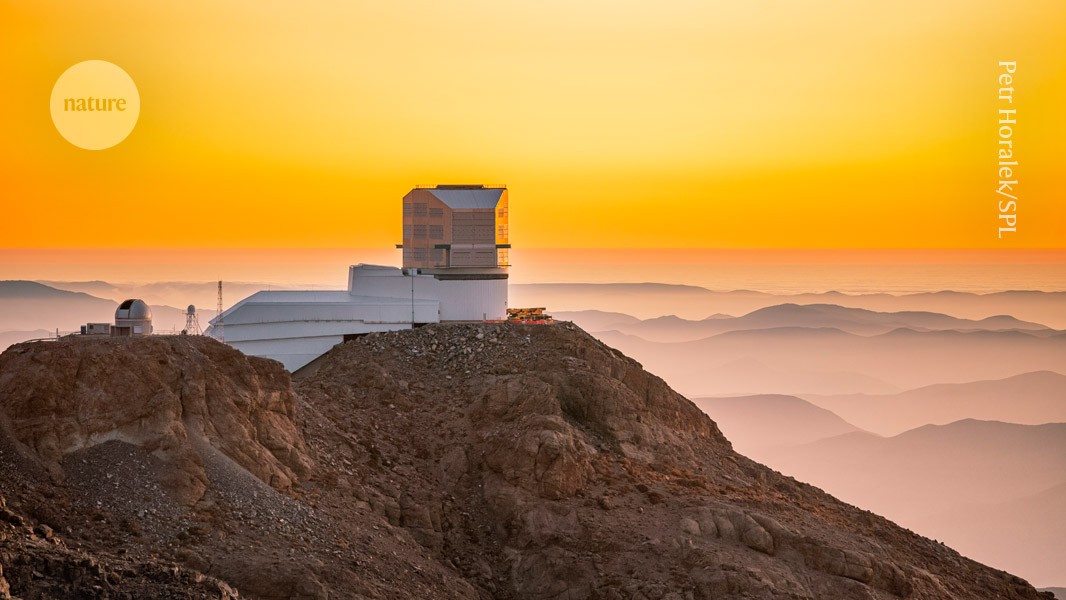
"The Rubin Observatory is set to image more stars than ever before, mapping the southern sky every three to four nights, capturing real-time celestial events."
"This telescope will produce 8 million alerts each night for changing cosmic events, a groundbreaking capability in time-sensitive astrophysical research."
Astrophysicist Federica Bianco recently previewed the first full-colour image from the Vera C. Rubin Observatory, a groundbreaking facility in Chile prepared to map the entire southern sky. With its massive 3,200 megapixel camera, the observatory will generate an extraordinary amount of data, observing each patch of the sky 800 times over ten years. Researchers aim to process 8 million alerts each night regarding variable and transient astronomical events. Set to operate soon, the observatory promises significant advancements in astrophysics, including insights into dark matter and monitoring potential threats in the solar system.
Read at Nature
Unable to calculate read time
Collection
[
|
...
]